This critically endangered species of honeyeater has a renewed hope of survival. They have become so rare, that the juveniles have started mimicking other bird species, because they hear the sounds of their own species so rarely.
The new speck of hope comes from the fact that captive birds have bred after being released.
There are an estimated 2200 species in Australia which are in some way endangered. This species is endangered for the same reason that many of these are – loss of habitat. Agricultural land, forest clearing, logging and the expansion of coal seam gas drilling was predicted to wipe out this bird, but thankfully they have survived.
Around 140 birds have been released to help bolster the population and have been shown to have bred with wild birds. With just 300 wild birds left, every extra breeding bird can make a large difference.

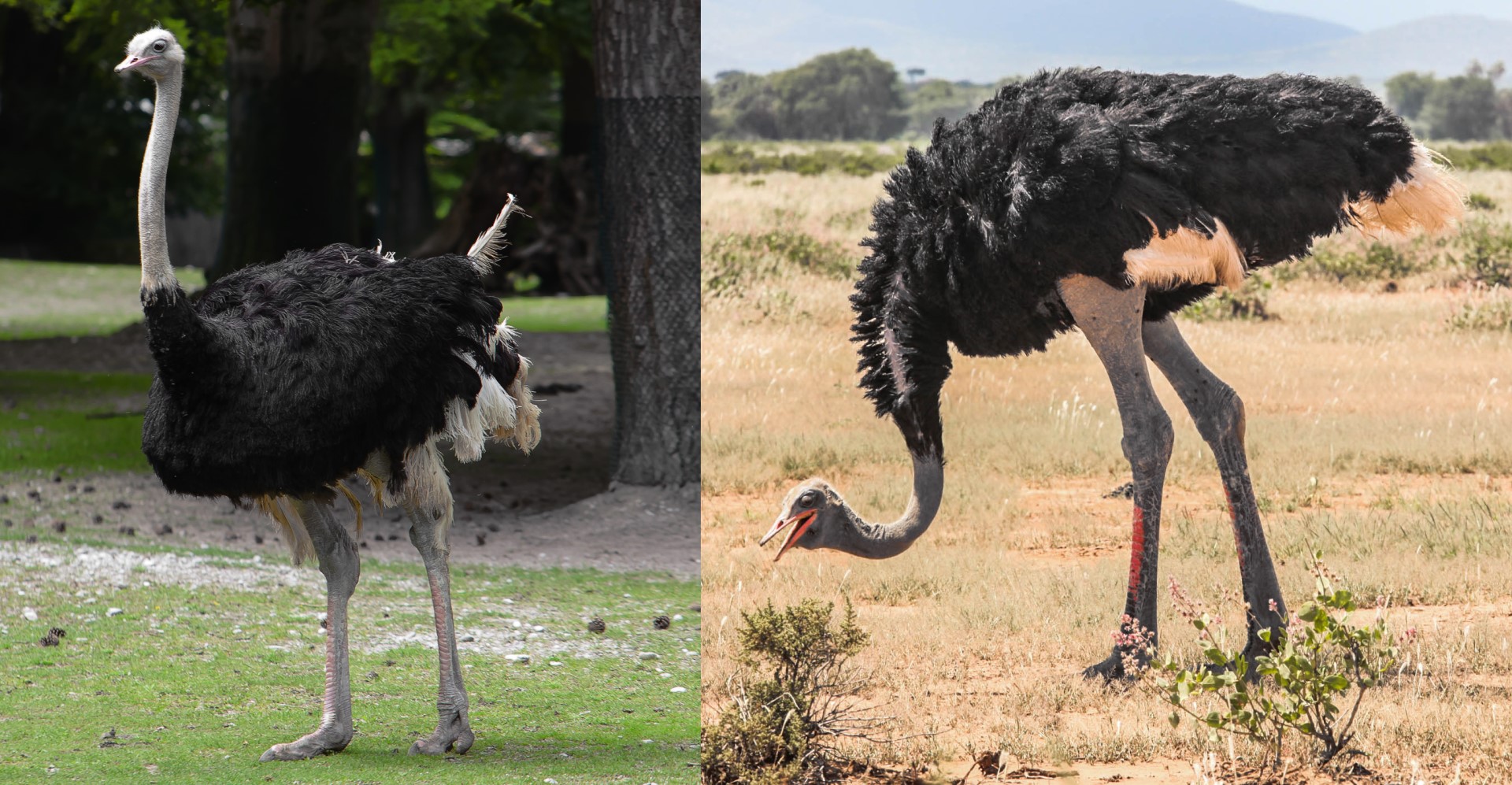
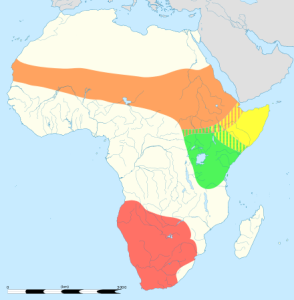 This is a map of the different Ostrich species and subspecies range
This is a map of the different Ostrich species and subspecies range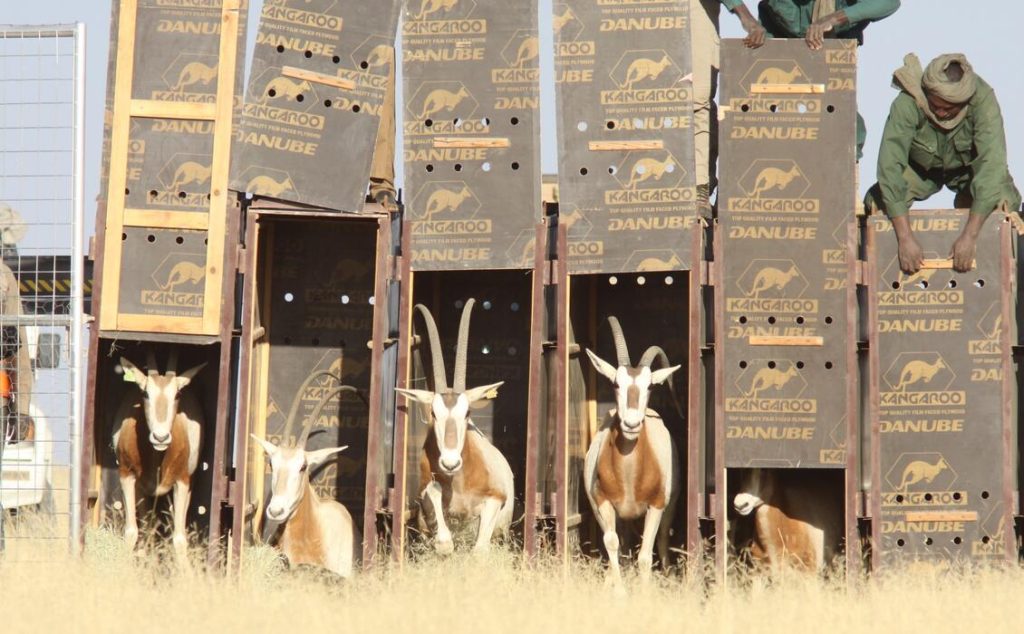
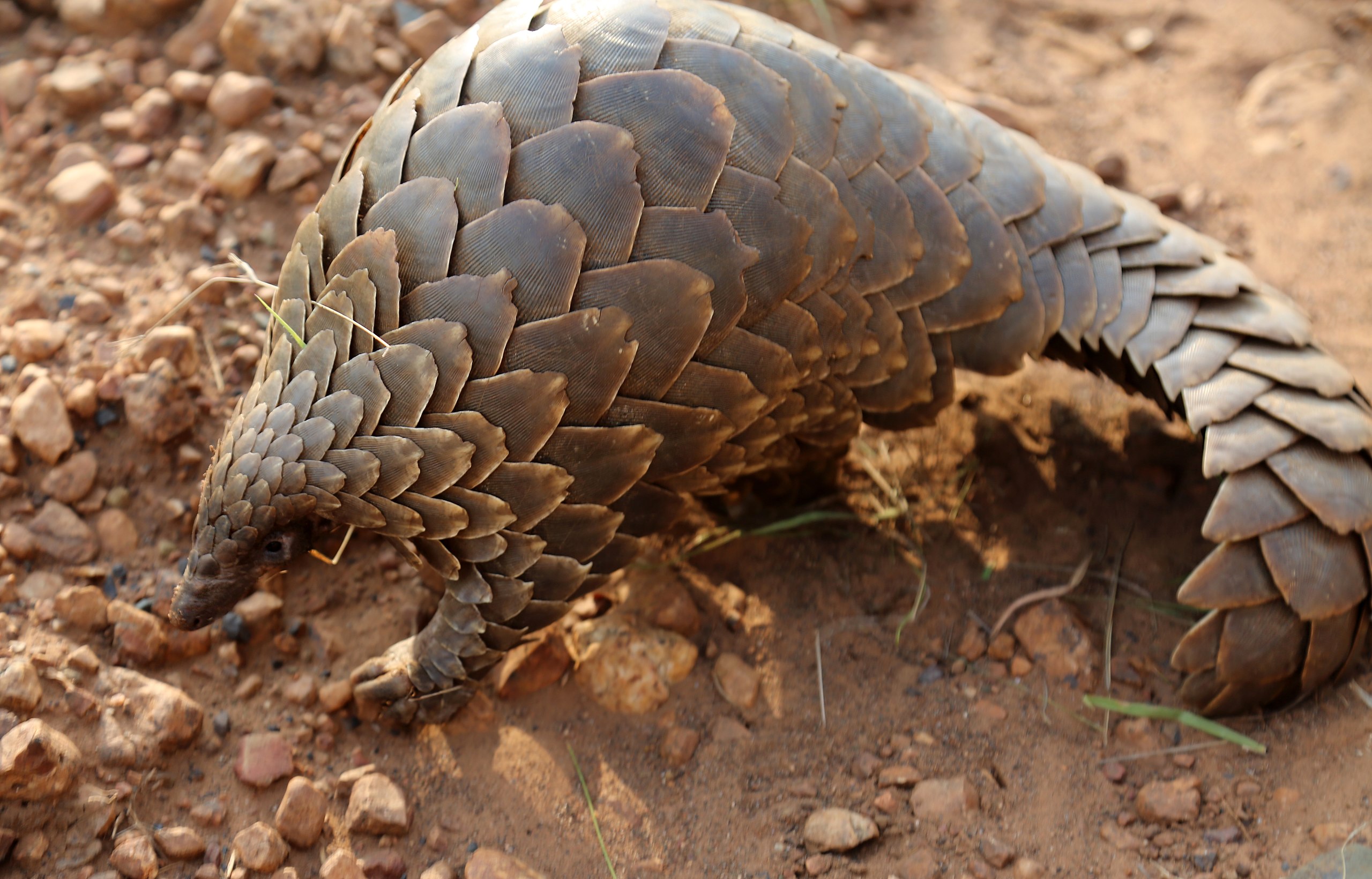
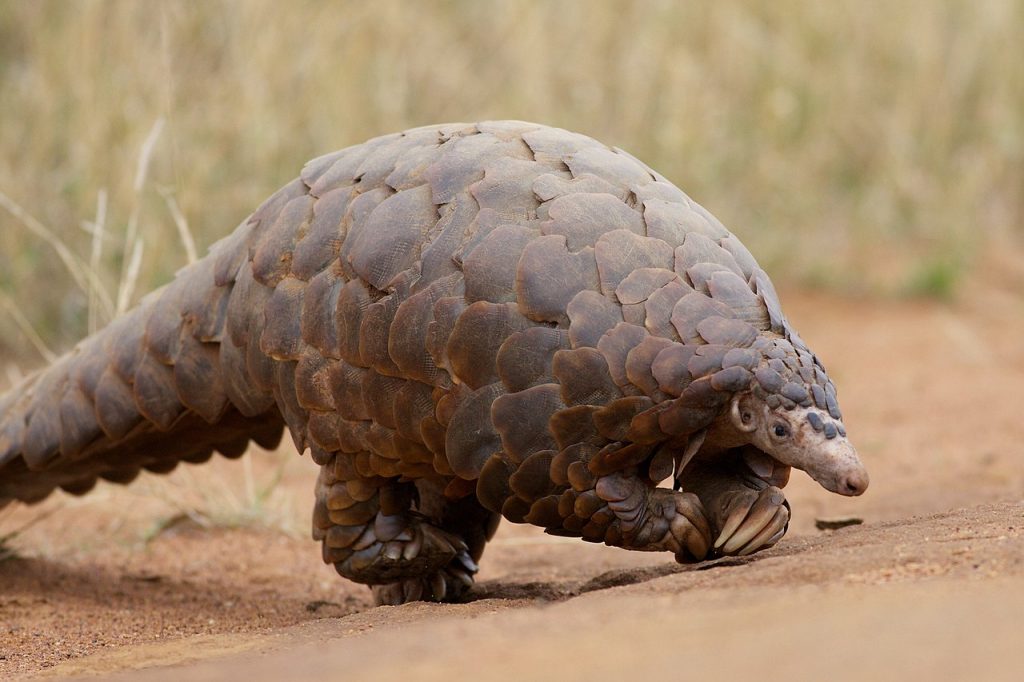
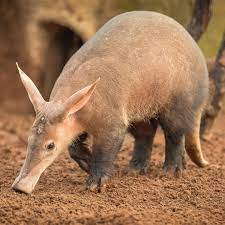



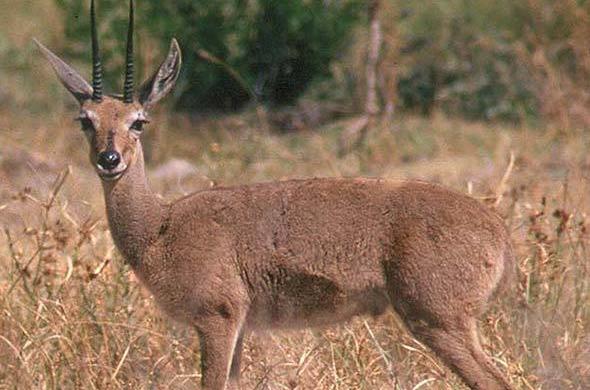
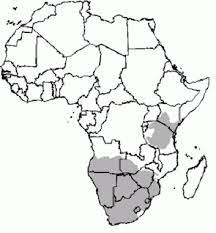
 The HIrola ( also known as the Hunters hartebeest or hunters antelope) is a critically endangered species. It was named by H.C.V Hunter (a big game hunter and zoologist) in 1888. It is the only member of the genus Beatragus, and it currently has 300-500 individuals living in the wild (there are none in captivity).
The HIrola ( also known as the Hunters hartebeest or hunters antelope) is a critically endangered species. It was named by H.C.V Hunter (a big game hunter and zoologist) in 1888. It is the only member of the genus Beatragus, and it currently has 300-500 individuals living in the wild (there are none in captivity).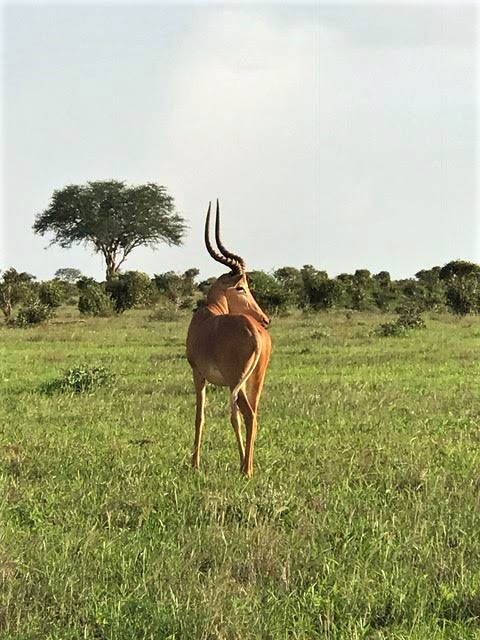
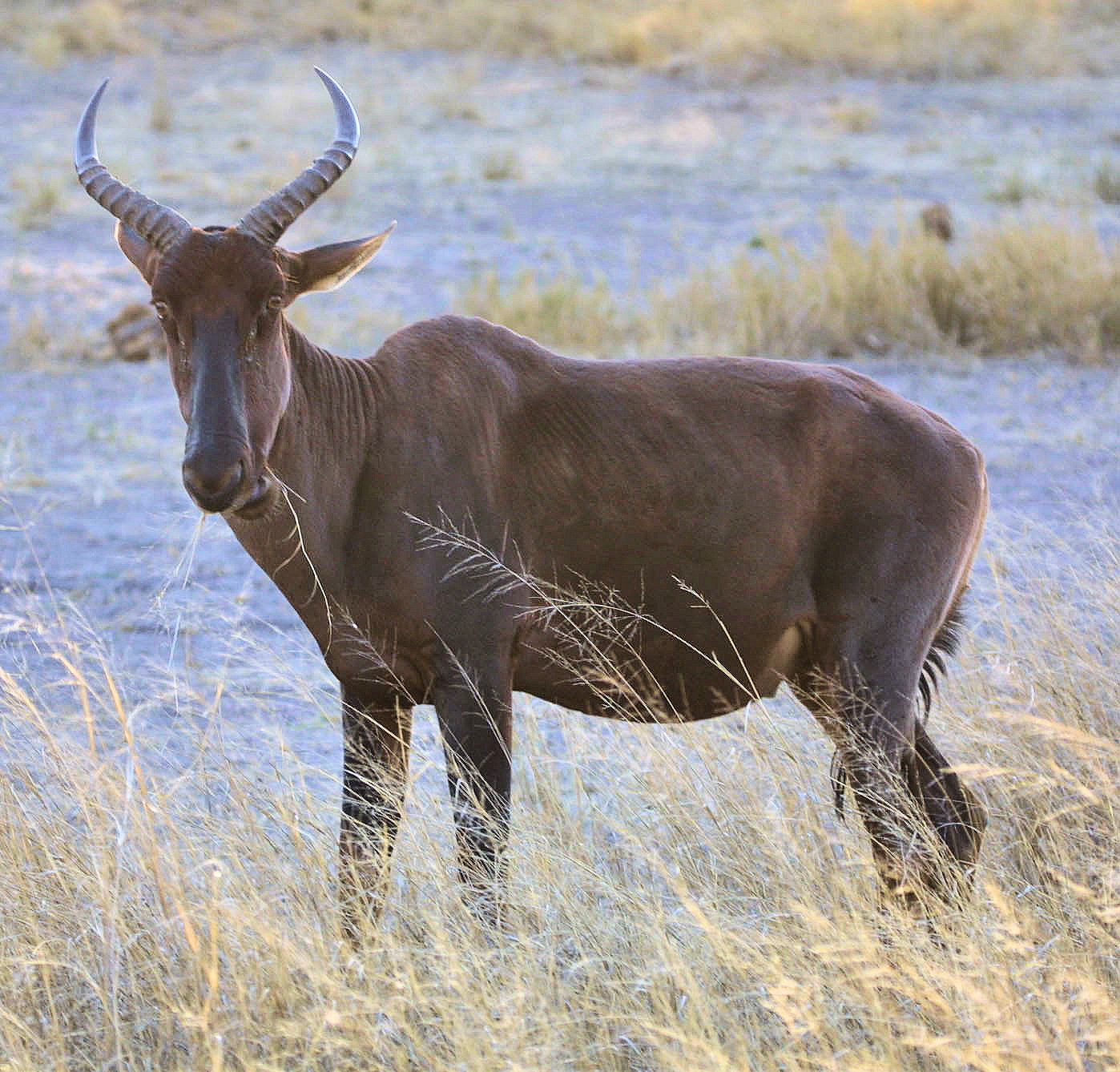

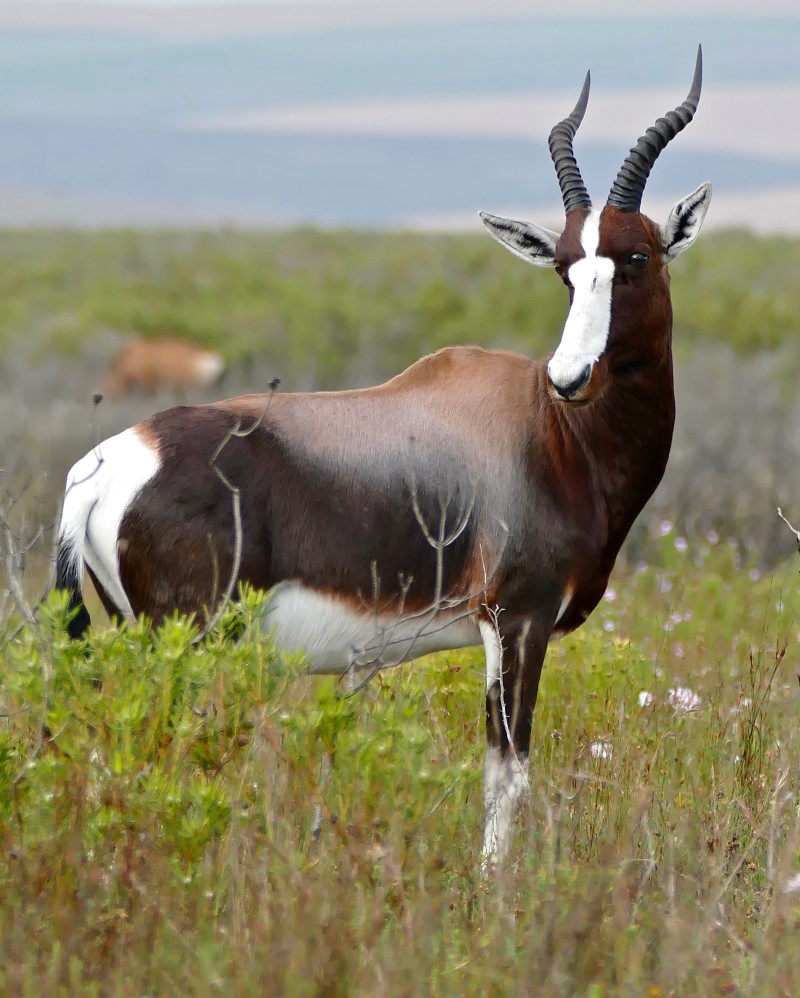
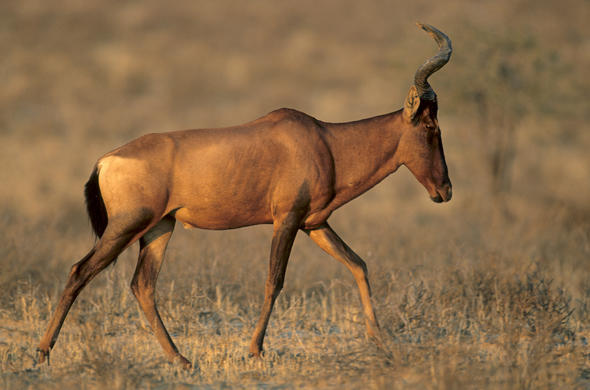
 many as 70 subspecies, local variants and similar have been suggested, however there is only one currently recognized species.
many as 70 subspecies, local variants and similar have been suggested, however there is only one currently recognized species. common wildebeest, white-bearded gnu or brindled gnu.
common wildebeest, white-bearded gnu or brindled gnu.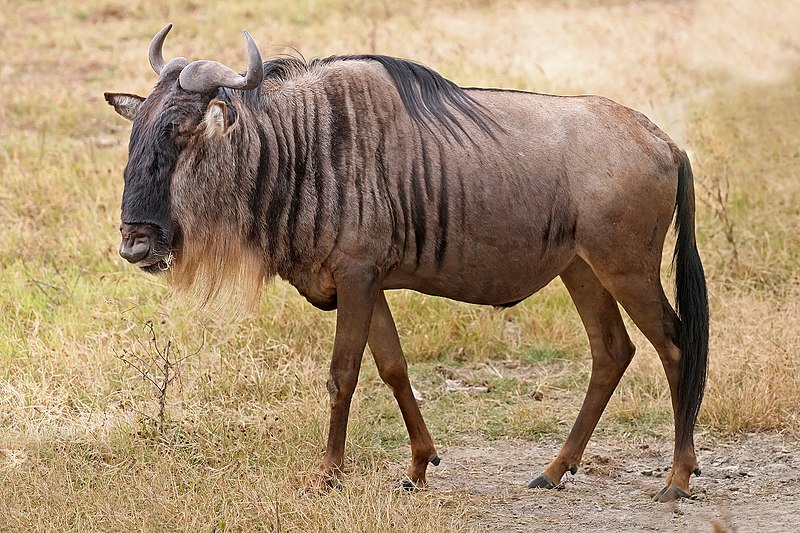
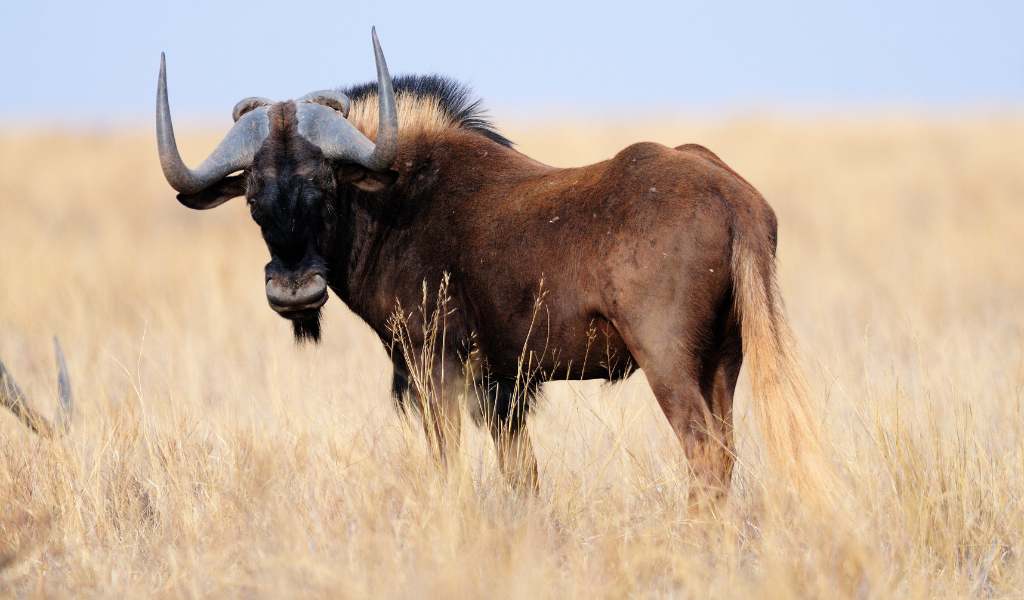


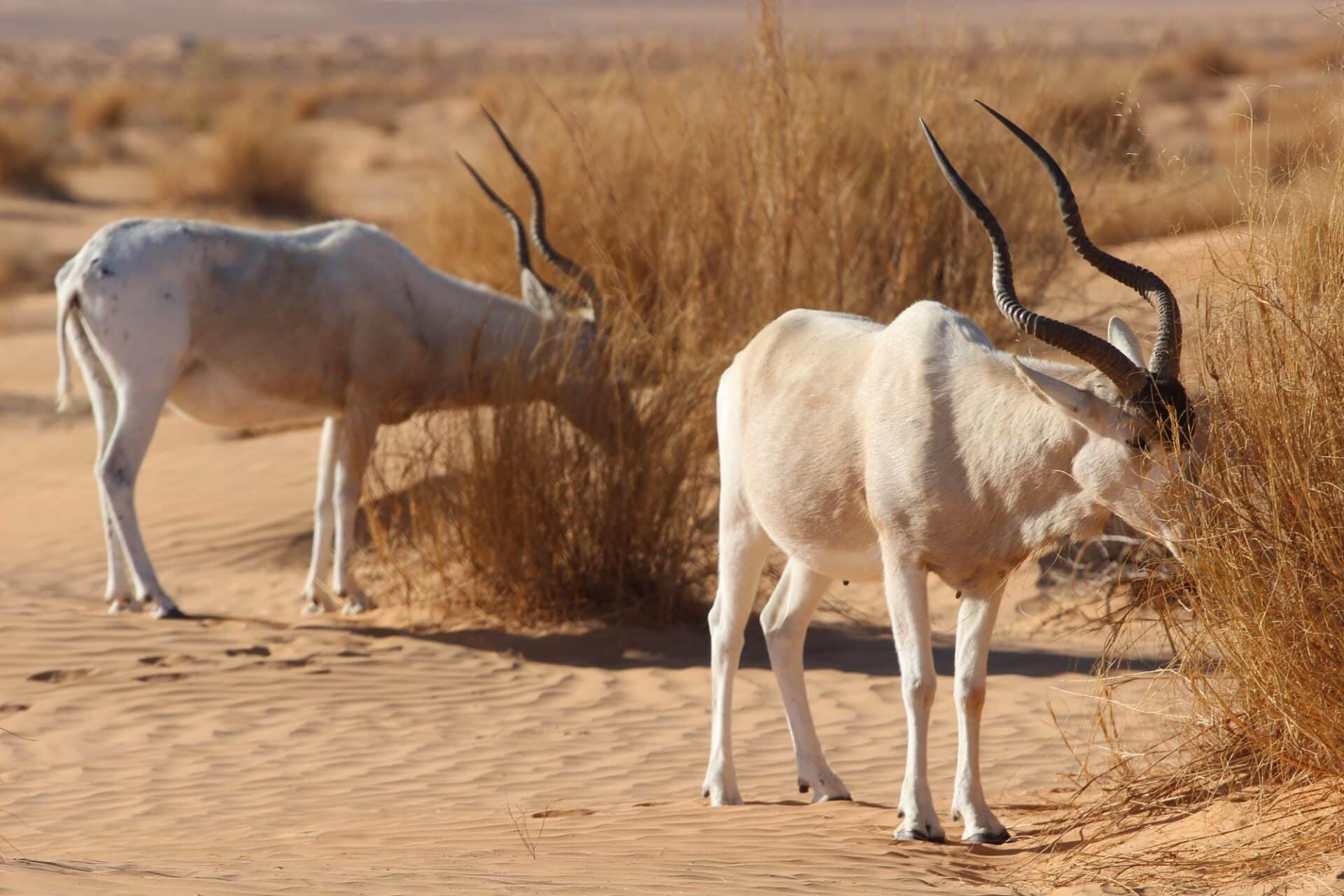
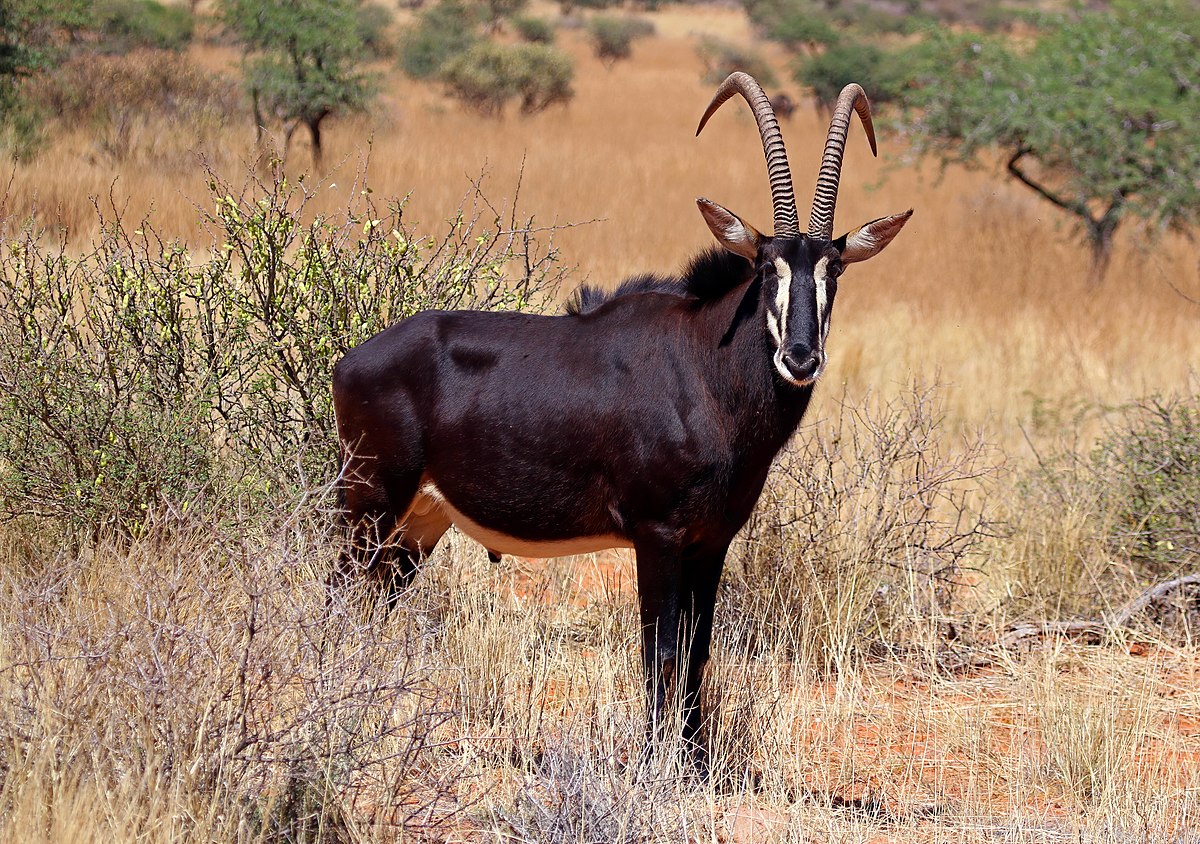

 are found in a band across Africa, including areas of Eastern, Central and Western Africa.
are found in a band across Africa, including areas of Eastern, Central and Western Africa.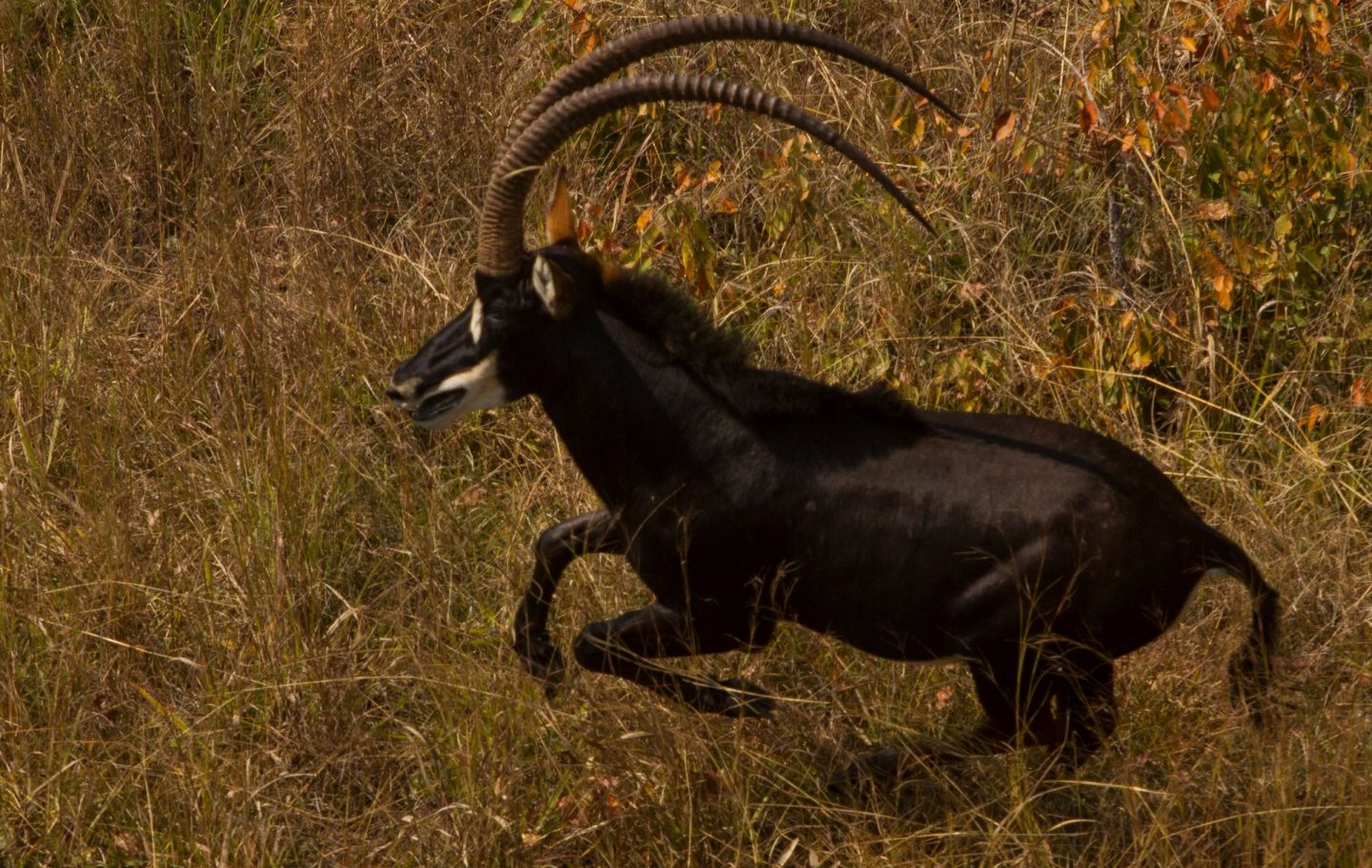
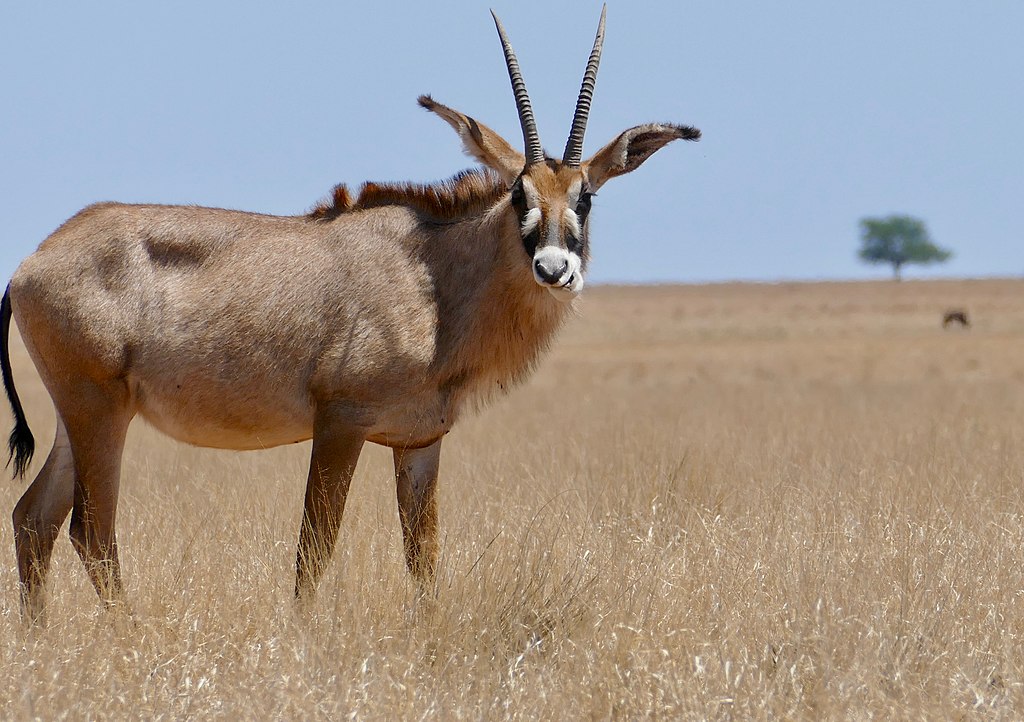

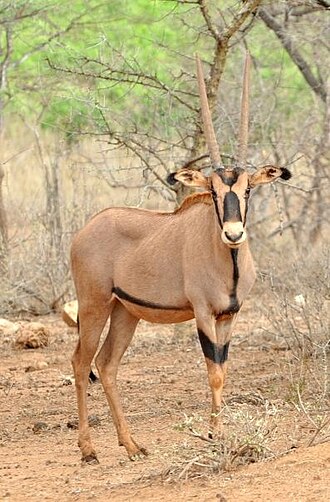
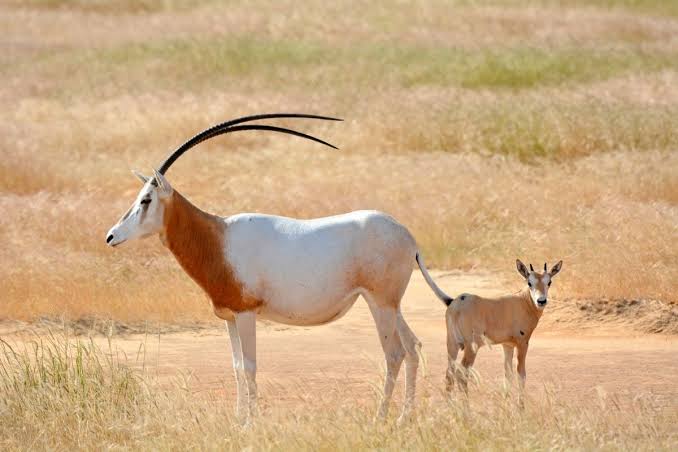

 Impala
Impala antelope, species with a handful of small populations acros central and western north Africa. It lives in the Sahara and the Sahel desert.
antelope, species with a handful of small populations acros central and western north Africa. It lives in the Sahara and the Sahel desert. 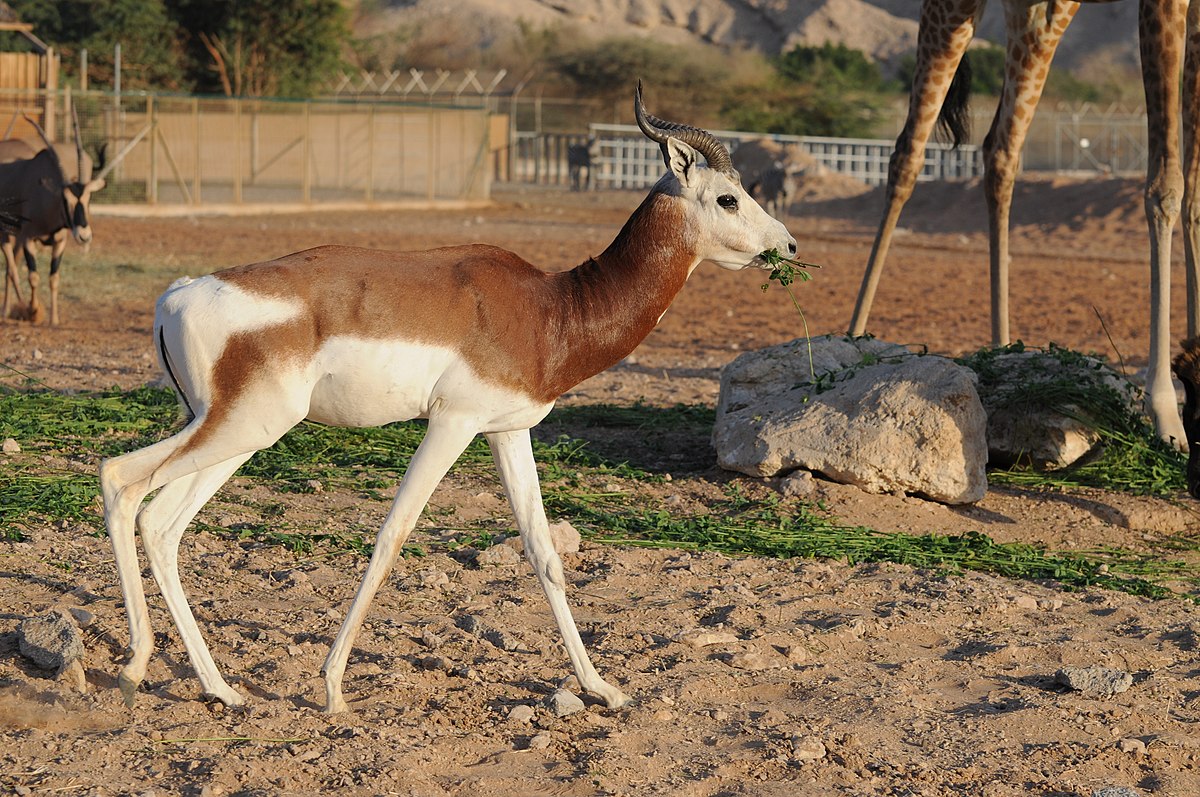

 known as imbabala is a
known as imbabala is a

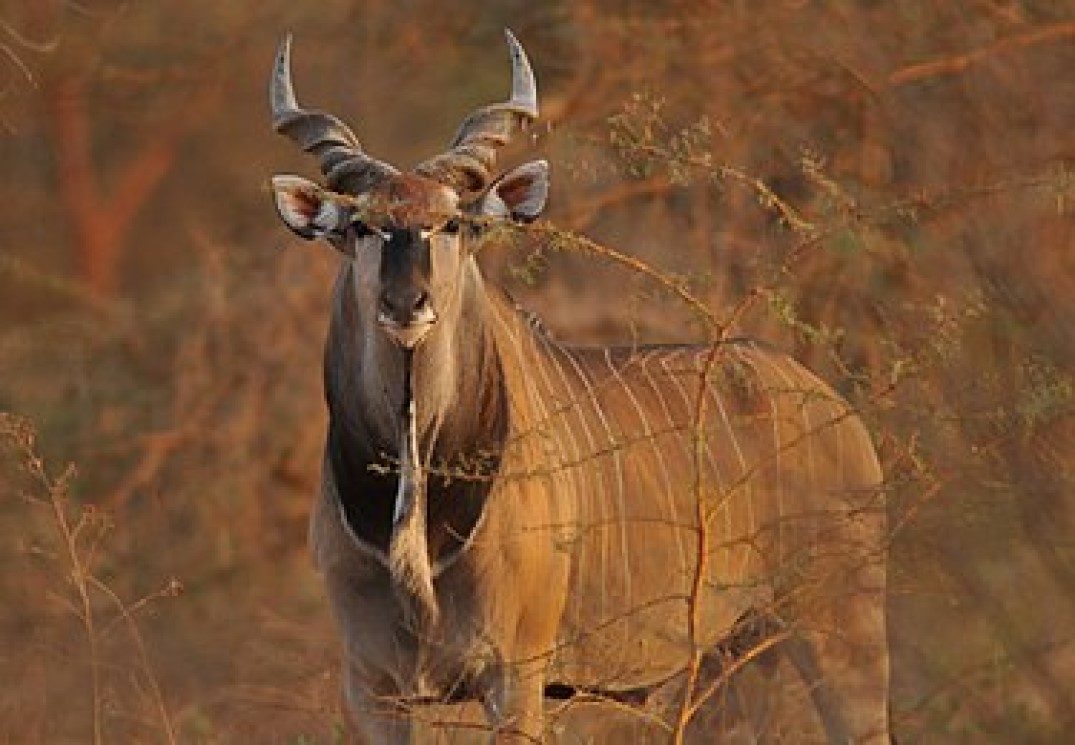

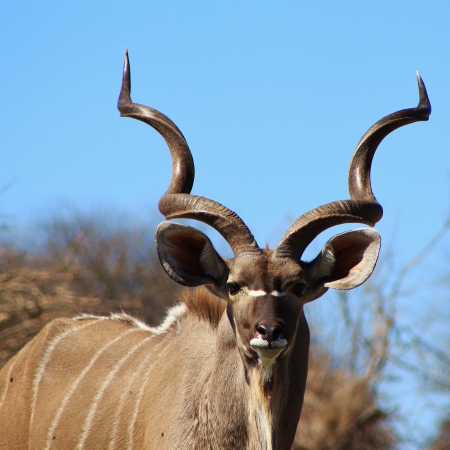
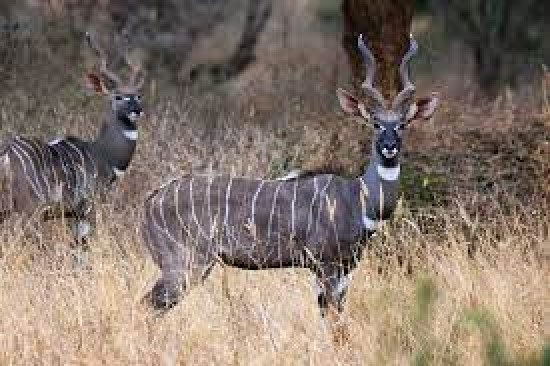
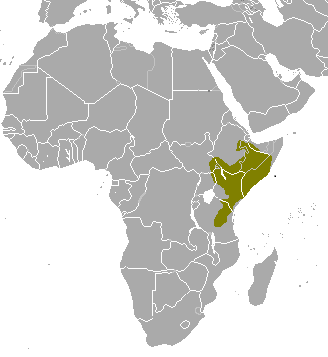
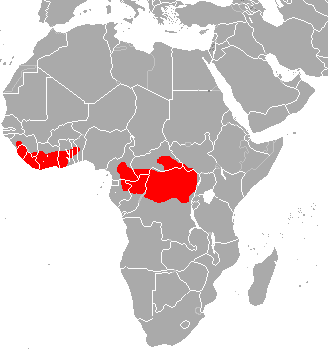 The bongo is a large, mostly nocturnal, forest-dwelling antelope, native to sub-Saharan Africa. Bongos are characterised by a striking reddish-brown coat, black and white markings, white-yellow stripes, and long slightly spiralled horns. It is the only member of its family in which both sexes have horns. Bongos have a complex social interaction and are found in African dense forest mosaics. They are the third-largest antelope in the world.
The bongo is a large, mostly nocturnal, forest-dwelling antelope, native to sub-Saharan Africa. Bongos are characterised by a striking reddish-brown coat, black and white markings, white-yellow stripes, and long slightly spiralled horns. It is the only member of its family in which both sexes have horns. Bongos have a complex social interaction and are found in African dense forest mosaics. They are the third-largest antelope in the world.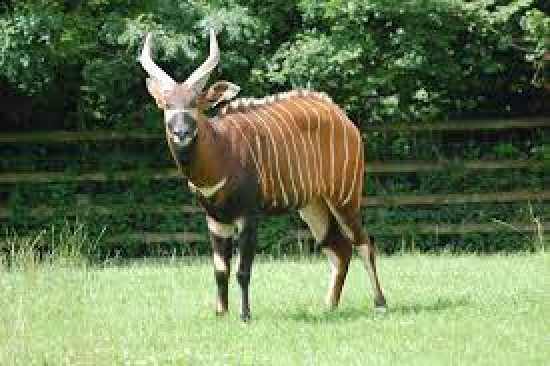
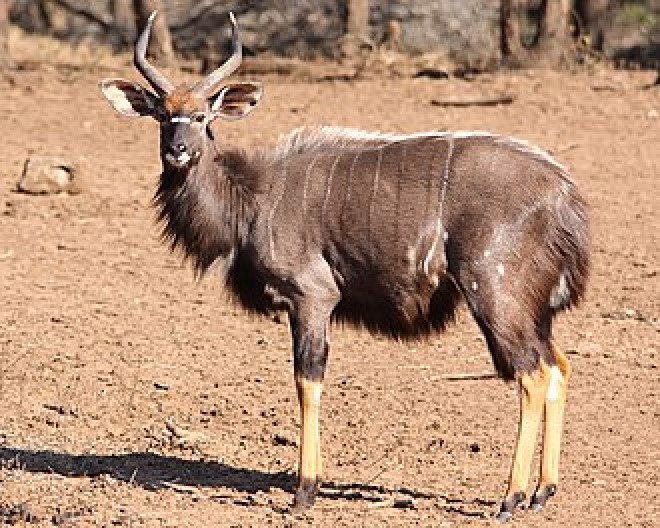
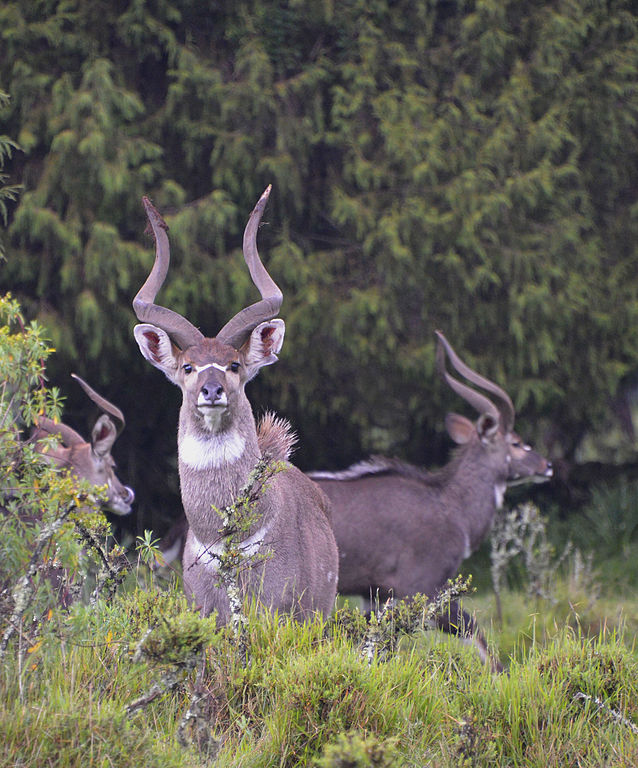

 swamp-dwelling medium-sized antelope found throughout central Africa (see the map to the right. The sitatunga is mostly confined to swampy and marshy habitats. Here they occur in tall and dense vegetation as well as seasonal swamps, marshy clearings in forests, riparian thickets and mangrove swamps.
swamp-dwelling medium-sized antelope found throughout central Africa (see the map to the right. The sitatunga is mostly confined to swampy and marshy habitats. Here they occur in tall and dense vegetation as well as seasonal swamps, marshy clearings in forests, riparian thickets and mangrove swamps.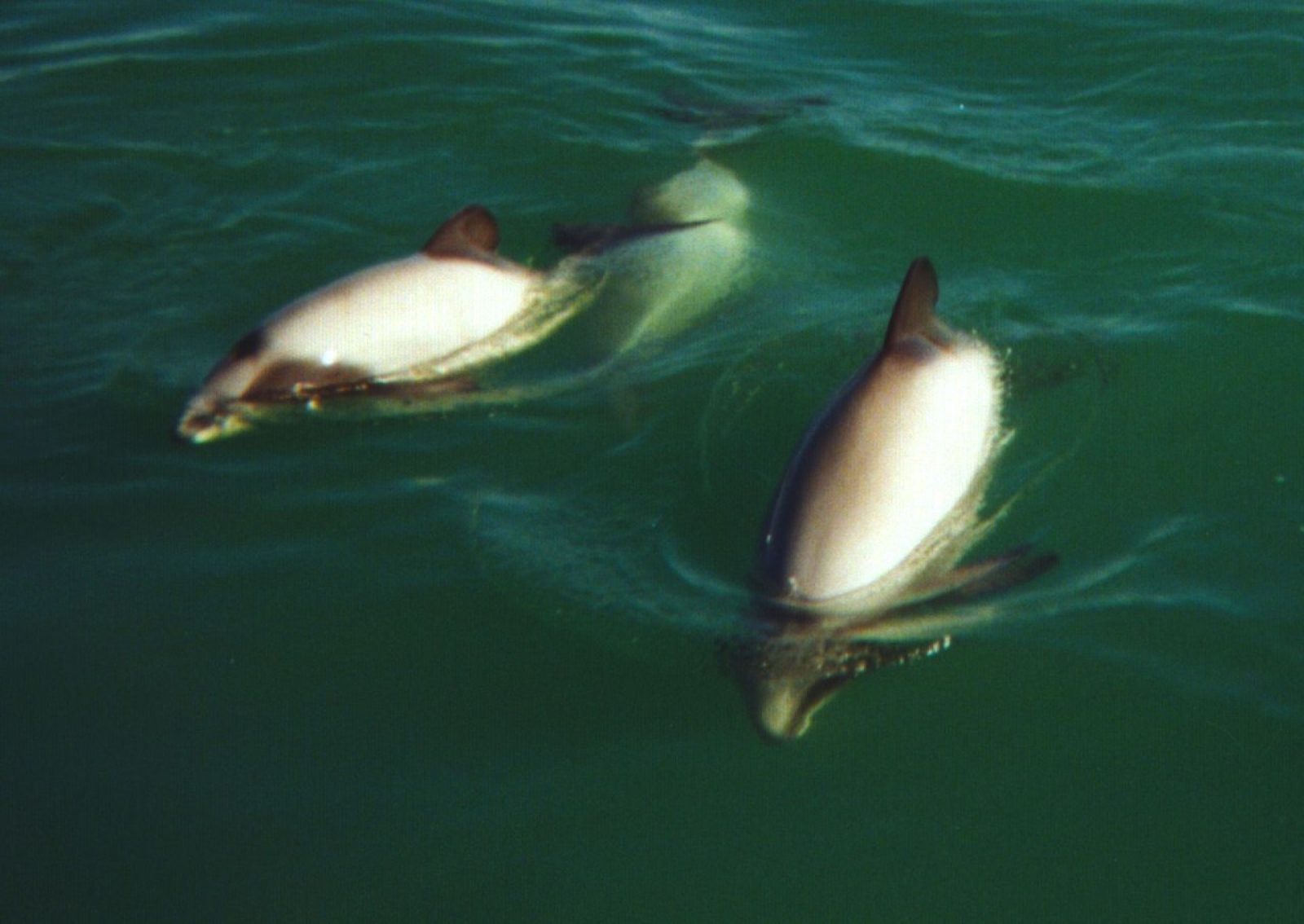

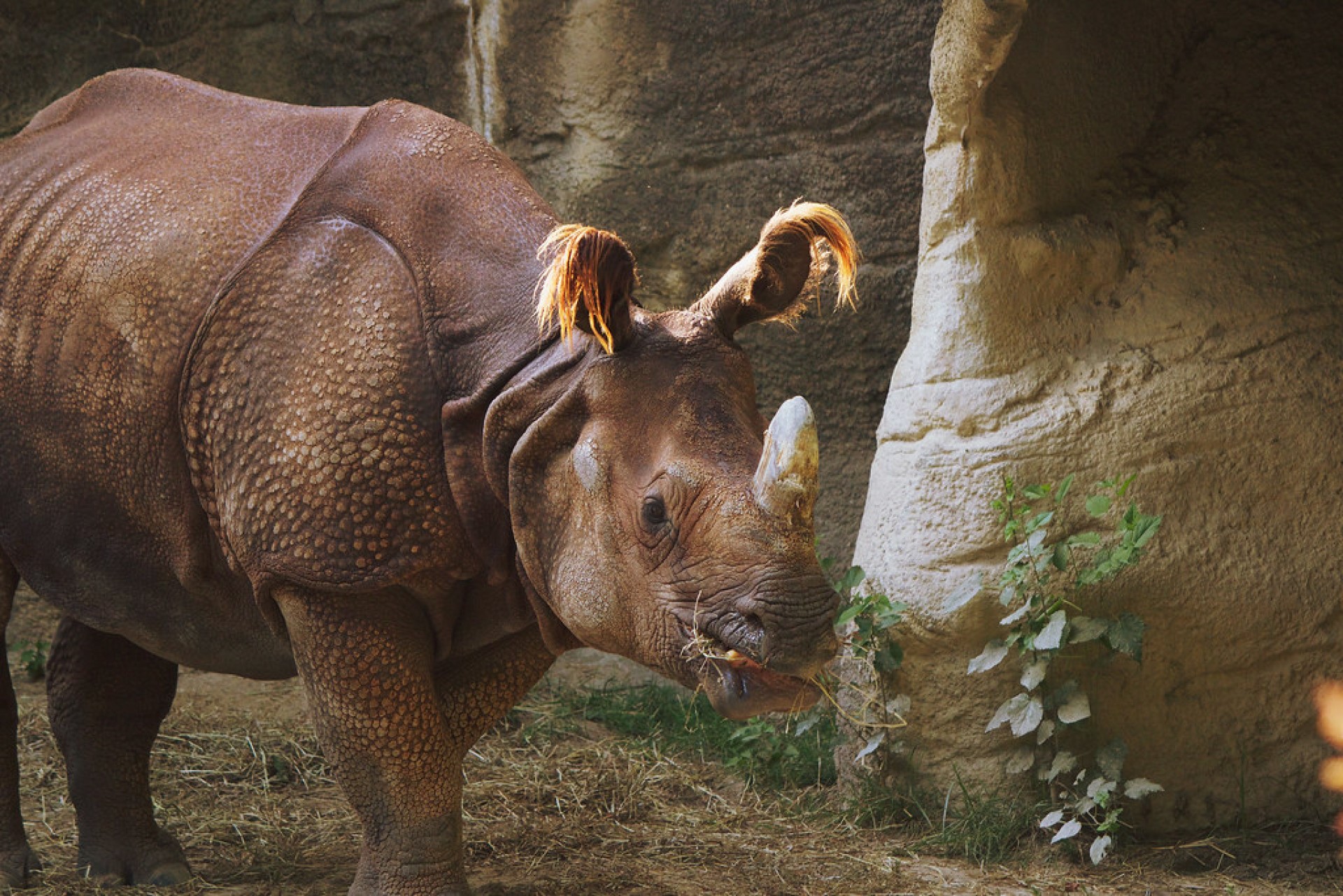
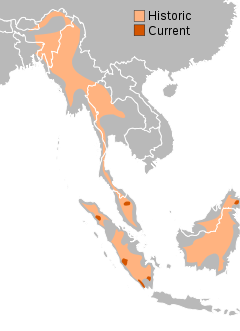

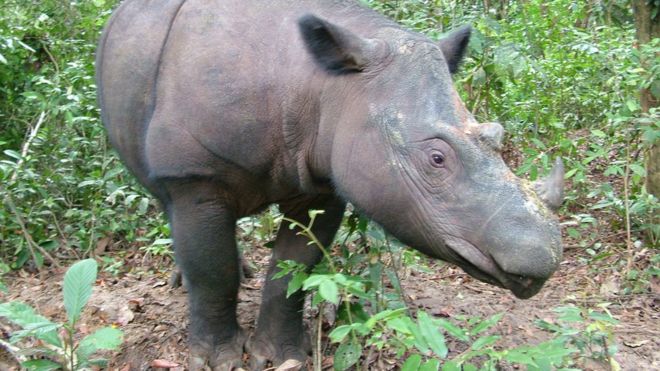
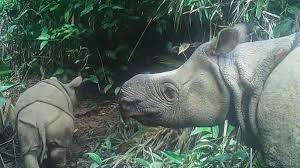
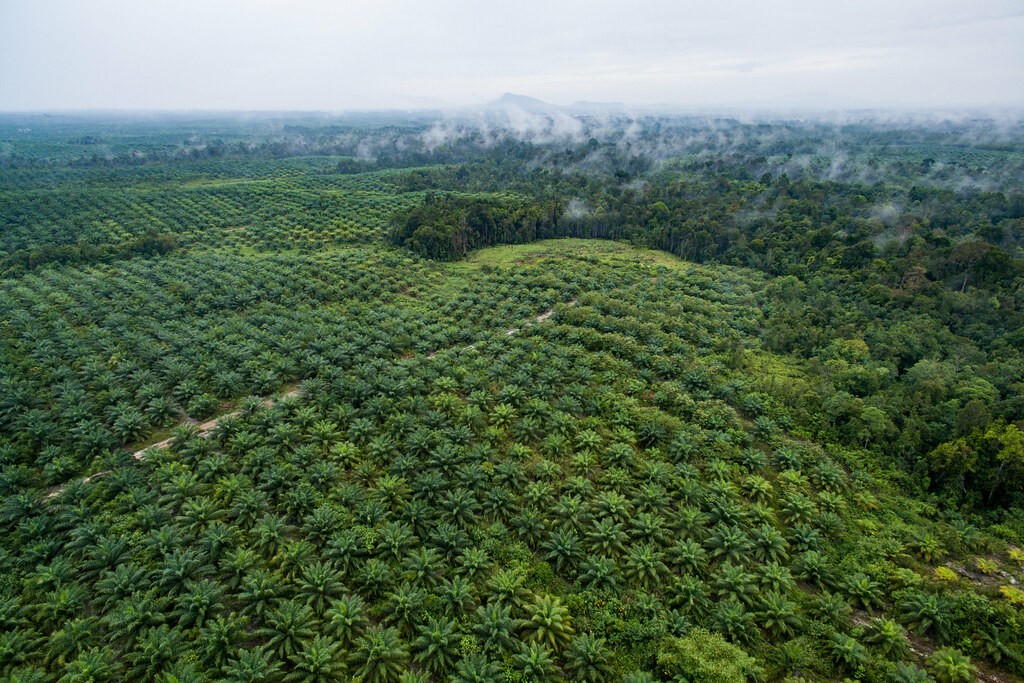
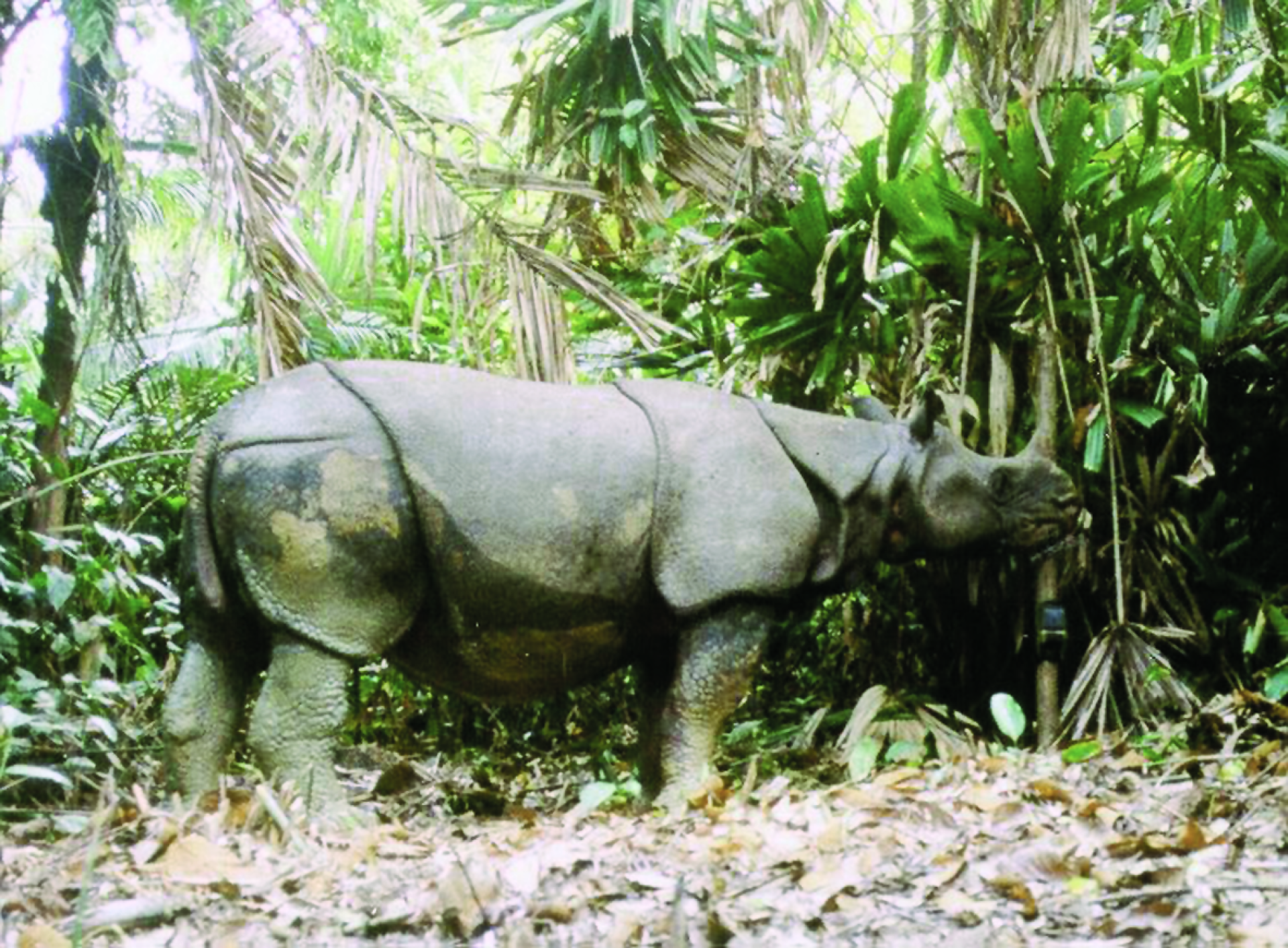
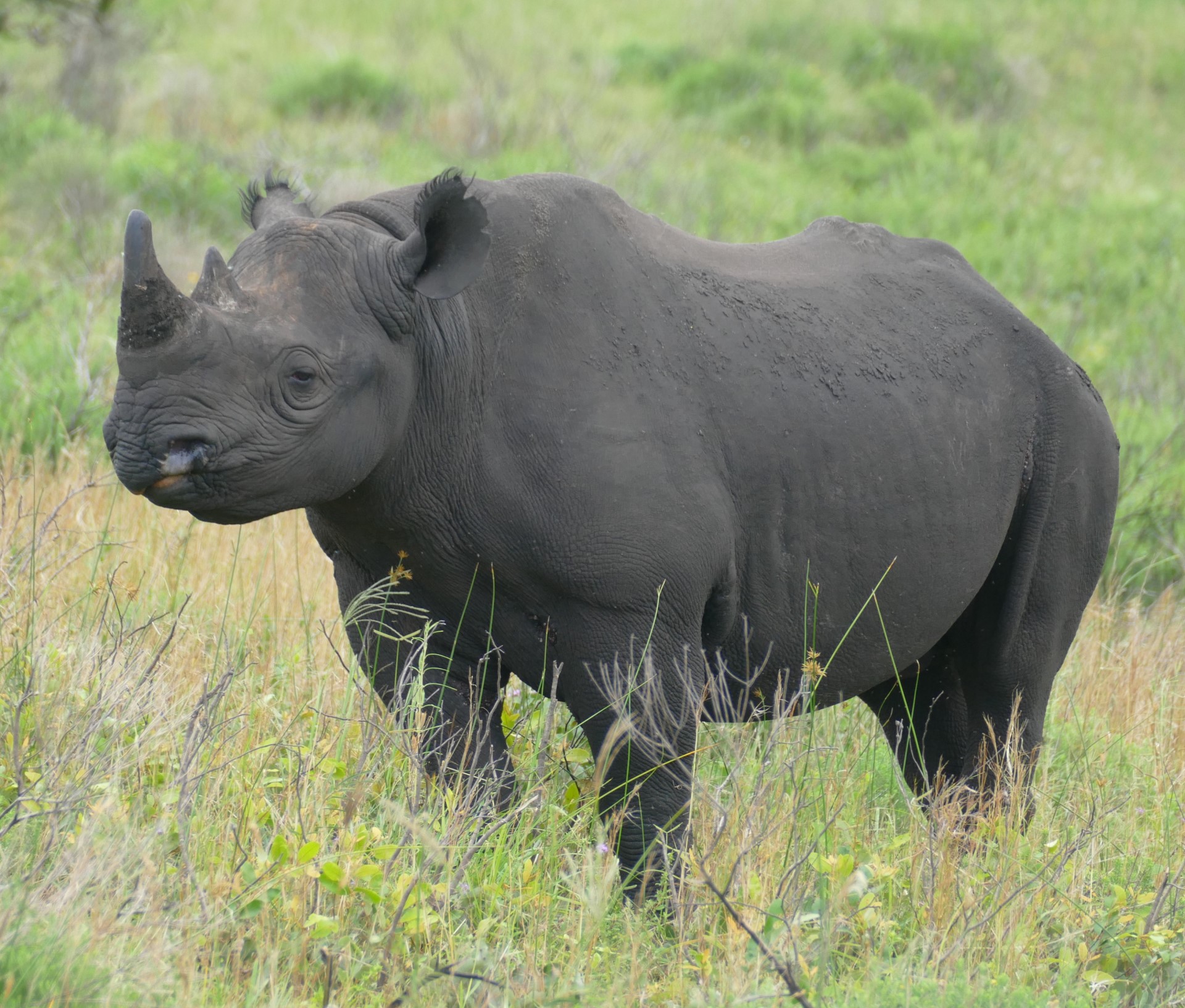
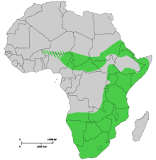 So the black rhino is one of the two rhino species that survive in Africa. Their last common ancestor was around 6 million years ago (in comparison the Javan and Indian rhino split just 2 million years ago). Being browsers, not grazers, they are far harder to see, as they spend their time deep in the bush, far from the open plains where white rhino are discovered.
So the black rhino is one of the two rhino species that survive in Africa. Their last common ancestor was around 6 million years ago (in comparison the Javan and Indian rhino split just 2 million years ago). Being browsers, not grazers, they are far harder to see, as they spend their time deep in the bush, far from the open plains where white rhino are discovered.